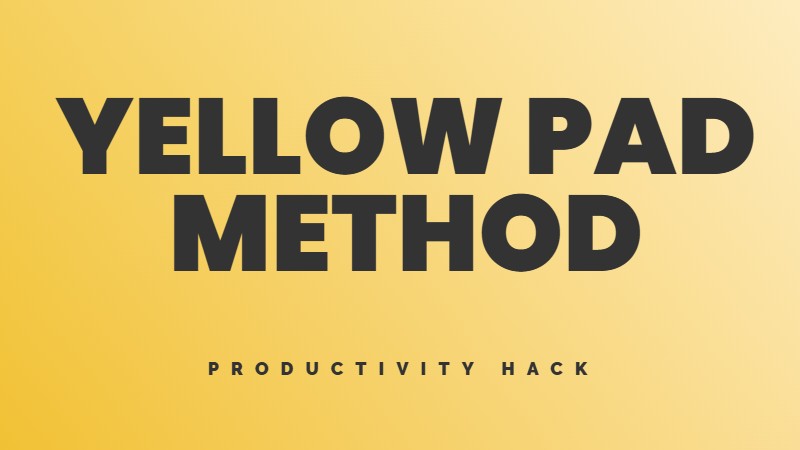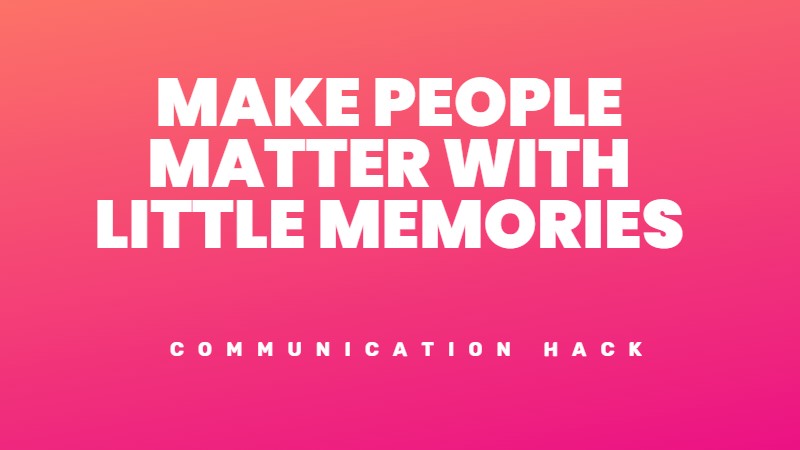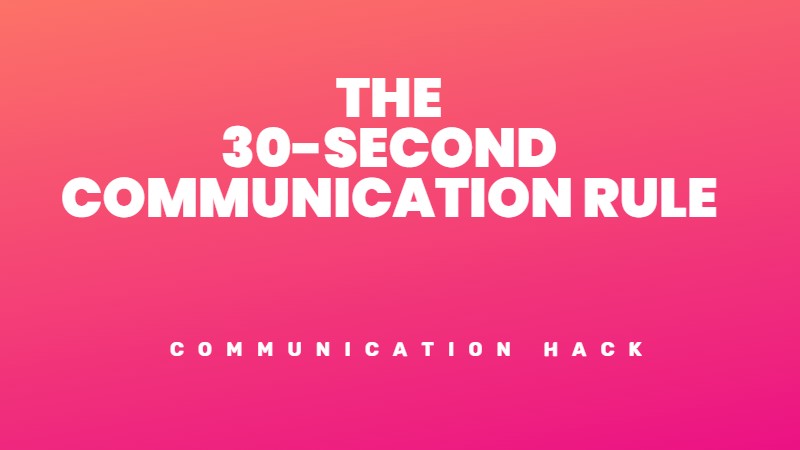The book Storyworth is a non-fiction book written by Matthew Dicks, a five-time Moth GrandSLAM winner and bestselling novelist. The book was first published on June 15, 2018. In this book, Matthew Dicks presents tips and techniques for constructing, telling, and polishing stories that will hold the attention of your audience (no matter how big or small). He shows that anyone can learn to be an appealing storyteller, that everyone has something “storyworthy” to express, and, perhaps most importantly, that the act of creating and telling a tale is a powerful way of understanding and enhancing your own life
Preface
The Preface chapter introduces the author, Matthew Dicks’ journey into storytelling. Initially, Matthew had no plans to become a storyteller, but his friends encouraged him to try it. Inspired by The Moth Podcast, which features true stories told live without notes, Matthew became captivated by the vulnerability, humour and honesty displayed by the storytellers. He realized that storytelling is not limited to those with extraordinary experiences and that even simple stories from everyday life can be compelling.
One key argument is that anyone can become a storyteller. The author’s friends believed his challenging life experiences would make him a great performer, but he discovered that the simplest stories about small moments can be the most engaging. This argument challenges the notion that only extraordinary stories are worth telling.
Another argument is the power of honesty and vulnerability in storytelling. The author found that sharing his most embarrassing and foolish moments brought him closer to his audience. This highlights the importance of being genuine and open when telling stories, as it creates a strong connection with listeners.
A concept explored is the idea that storytelling is a skill that can be developed. The author initially felt unprepared and terrified to perform in front of an audience, but he became a successful storyteller through practice and persistence. This concept can be compared to learning a musical instrument or a sport. Just as you can improve your skills through practice, storytelling abilities can be honed with time and effort.
Key takeaways
Part 1 – Finding your story
No one ever made a decision because of a number. They need a story.
Daniel Kahneman
Chapter One – My promise to you
Chapter One explores Matthew’s commitment to the power of storytelling and its impact on various aspects of life. The chapter begins with the author sharing anecdotes about how storytelling has influenced people’s lives, from helping couples connect to assisting professionals in their careers. The key argument in this chapter is that storytelling is a valuable tool that can benefit everyone, regardless of their background or goals.
One of the main arguments is that storytelling can help individuals achieve their goals. The author shares personal experiences of how storytelling has aided him in various situations, such as teaching, pitching ideas, and making small talk. The underlying message is that storytelling is a versatile skill that can be applied to different areas of life, enabling individuals to communicate and connect with others effectively.
Another argument is that storytelling is a means of self-discovery and personal growth. The author highlights how storytelling workshops have helped individuals explore their narratives, connect with their past, and gain a deeper understanding of themselves. By sharing personal stories, individuals can find meaning, build empathy, and create connections with others.
Matthew teaches storytelling to a diverse range of individuals, including Holocaust survivors, psychiatrists, politicians, and educators. Storytelling can be compared to a Swiss Army knife, which serves multiple purposes by different people for various tasks. Storytelling is a versatile tool you can apply in different contexts and professions.
Key takeaways
Chapter Two – What is a Story
Chapter Two delves into the essence of storytelling and explores its key components. The chapter aims to clearly understand what constitutes a story and how to differentiate it from other forms of communication.
One key argument in this chapter is that a story must involve change over time. Matthew emphasizes that a story is not merely a series of remarkable events but rather a narrative that showcases a transformation or shift in the protagonist or the situation. This argument highlights the importance of a narrative arc and the progression of events in a story.
Another argument is that personal stories are more compelling than stories about others. Matthew asserts that while it is possible to tell someone else’s story, it is crucial to make it about oneself and share one’s perspective. By making the story personal, the storyteller can bring authenticity, vulnerability, and a sense of connection to the narrative.
The Dinner Test
A story should pass the Dinner Test, meaning that the way a story is told on stage or in a formal setting should be similar to how one would tell it casually at a dinner table. This concept emphasizes the importance of maintaining authenticity and avoiding theatrical or exaggerated elements when sharing a story.
Consider the analogy of baking a cake. Like a cake, a story requires specific ingredients and a process to come together. The change over time in a story is akin to transforming raw ingredients into a delicious cake through baking. Just as a cake needs to rise and take shape, a story needs to progress and showcase a transformation. The personal aspect of storytelling can be likened to adding a unique flavour or personal touch to the cake, making it distinct and memorable. The Dinner Test can be compared to serving the cake at a dinner party, presenting it naturally and relatable to the guests.
Key takeaways
Chapter Three – Homework for Life
This chapter introduces the concept of Homework for Life as a practice to cultivate a collection of storyworthy moments from your everyday Life. The chapter explores the benefits of this practice and its impact on storytelling.
Our lives are filled with meaningful moments that often go unnoticed or forgotten. Matthew emphasizes the importance of capturing these moments through what he has coined Homework for Life, a daily reflection exercise. By taking a few minutes each day to identify and record storyworthy moments, you can preserve and later share these experiences.
Homework for Life helps you recognize the significance of everyday moments. Matthew shares personal anecdotes and stories from workshop participants to illustrate how this practice has allowed them to appreciate the small, seemingly ordinary moments that hold deeper meaning. By actively seeking out and acknowledging these moments, you can develop a storytelling lens and find inspiration for your narratives.
Homework for Life is a commitment and a habit. Dedicate a few minutes each day to reflect on and record storyworthy moments. This practice requires dedication, faith, and consistency to develop the habit of recognizing and capturing these moments.
How to do the Homework for Life exercise
Consider the analogy of a photo album. Homework for Life is like curating a collection of snapshots from your Life. Just as you would capture and collect photographs to preserve memories, Homework for Life allows you to capture and collect storyworthy moments. It’s like creating a personal album of meaningful experiences that can be revisited and shared later.
Key takeaways
Storybreak – Naked in Brazil
Matthew recounts an experience of performing storytelling to a group of high-school students in São Paulo, Brazil, and being asked why he shares so much of himself through various mediums. Never being asked a question like this before, Matthew reflects on his own motivations for sharing stories, and an unexpected answer comes to mind.
I think that I’m trying to get the attention of a mother who never paid me any attention and is now dead and a father who left me as a boy and never came home.
Another concept explored in this story is the idea that storytelling is a way to express oneself and connect with others. The author shares how he has been writing, blogging, and performing on stages for years, consistently sharing his thoughts, ideas and personal experiences. Through storytelling, he has found a platform to share his deepest, darkest secrets, embarrassing moments and hilarious anecdotes. This concept emphasizes the cathartic and connective nature of storytelling.
Okay, remember when we talked about finding those five-second moments in our lives? Those moments of transformation? Realization? I think I’m having one right now. Yup. I am. Definitely.
Chapter Four – Dreaming at the End of Your Pen
In this chapter, Matthew introduces the concept of Crash & Burn, an exercise that involves stream-of-consciousness writing to generate new ideas and creative content.
One key argument in this chapter is that engaging in the Crash & Burn exercise can be incredibly productive and beneficial for both creativity and personal well-being. Matthew shares his experience of using this exercise to tap into a dreamlike state while awake, resulting in numerous story ideas and anecdotes.
Consider the analogy of a brainstorming session. Crash & Burn can be likened to a brainstorming session where ideas are generated without judgment or attachment. Just as a brainstorming session encourages participants to freely share ideas, regardless of their initial feasibility or quality, Crash & Burn allows writers to explore their thoughts and ideas without self-censorship. It’s like opening the floodgates of creativity and allowing ideas to flow freely, even if they initially seem unrelated or unconventional.
How to do the Crash & Burn exercise
Remember, the Crash & Burn exercise is about embracing the freedom to explore your thoughts and ideas without judgment. It’s a practice that encourages creativity and helps generate new content for storytelling. Enjoy the process and allow yourself to dive into the depths of your imagination.




Leave feedback about this